How to play last dance with mary jane on guitar
Petty, Tom and the Heartbreakers – Mary Janes Last Dance
Beatles - Petty - Johnny Cash - Eagles - John Denver - Dylan
| Save as a MS Word
This chart will look wacky unless you
rotate your phone
Mary Jane's Last Dance
Tom Petty and the Heartbreakers
Each chord gets two beats unless otherwise noted.
Intro: / Am - G - / D - Am - / x4
Am G
She grew up in an Indiana town
D Am
Had a good lookin' Mama who never was around
Am G
But she grew up tall and she grew up right
D Am
With them Indiana boys on an Indiana night
/ Am - G - / D - Am - / x2
Am G
Well, she moved down here at the age of 18
D Am
She blew the boys away - It was more than they'd seen
Am G
I was introduced and we both started groovin'
D Am
She said I dig you baby, but I got to keep movin'
Am G D Am
on keep movin' on
/ Am - G - / D - Am - /
Chorus:
Em (2)
Last dance with Mary Jane
A (2)
One more time to kill the pain
Em (2)
I feel summer creepin' in and I'm
A (1) G (hold 1)
Tired of this town again
/ Am - G - / D - Am - / x2
Am G
Well I don't know but I've been told
D Am
You never slow down you never grow old
Am G
I'm tired of screwing up tired of going down
D Am
Tired of myself tired of this town
Am G
Oh my my Oh hell yes
D Am
Honey put on that party dress
Am G
Buy me a drink and sing me a song
D Am
Take me as I come 'cause I can't stay long
Chorus
/ Am - G - / D - Am - / x4
Am G
There's pigeons down on Market Square
D Am
She's standing in her underwear
Am G
Looking down from a hotel room
D Am
The nightfall will be coming soon
Am G
Oh my my Oh hell yes
D Am
You got to put on that party dress
Am G
It was too cold to cry when I woke up alone
D Am
I hit my last number and walked to the road
Chorus
/ Am - G - / D - Am - / x8
End on last Am
This file is the author's own work and represents his interpretation of this song. It's intended solely for private study, scholarship or research.
"Mary Jane's Last Dance" by Tom Petty and the Heartbreakers
Video lesson
Print-Friendly Song Sheet 4 pages
Follow along with my print-friendly guide for this song! It’s available for purchase at Musicnotes.com, the web’s leading provider of licensed sheet music.
On the fence? Here's a guide I made showing the purchase & print process, including answers to common questions about my song sheets.
Buy at Musicnotes.com
Editor’s notes
In this lesson, I’ll show you how to play an acoustic version of Mary Jane’s Last Dance by Tom Petty and the Heartbreakers. I’ll show you the chords needed, explain the intro riff, the hammer-ons, strumming pattern, and some cool riffs & flourish runs you can do to spice things up. This is an approachable song that can be rewarding even for advanced guitarists, so check it out and have fun!
This is an approachable song that can be rewarding even for advanced guitarists, so check it out and have fun!
Video timestamps:
- 0:00 Preview / playthrough
- 0:54 Lesson overview & tuning notes
- 1:30 Intro chords & timing
- 2:39 Intro chords strum pattern
- 3:05 Intro hammer-on technique
- 5:00 Verse chords & strumming
- 5:47 Verse harmonica solo riff
- 7:03 Chorus chords & strumming
- 7:54 Chorus fills, riffs, and runs
- 9:40 Lead guitar riff
- 11:33 Farewell
A quick note about tuning…
If you want to play along with Tom Petty’s recorded version, you’ll need to tweak your tuner to use ~453hz instead of 440hz (which is the default). But, make sure you keep your guitar in standard tuning (meaning, the strings are E-A-D-G-B-E, from thick to thin). Here’s a video (and some additional notes) where I show how to do this (note, my video lesson above has me in “pitch standard” of 440hz):
Lyrics w/ chords
If you want a print-friendly version of this, with chords written above all the lyrics (in the final verses), get my PDF!
Quick note about guitar tuning
Head’s up, the album version of this song isn’t quite in perfect concert pitch of A4 = 440hz. Instead, it’s tuned to roughly A4 = 453hz, which is slightly sharp. This is likely because the recording was sped up in post-production (raising the pitch), or perhaps they simply all tuned their instruments a bit sharp for some reason. I’m noting this because playing along with Petty’s version (if you’re in standard tuning) won’t sound quite right. My video lesson is in standard tuning, with A4 = 440hz (the normal concert pitch that tuners default to).
Quick note about key
While you might initially guess this song is in the key of A-minor, it’s actually using notes from the A dorian scale, which are A-B-C-D-E-F#-G.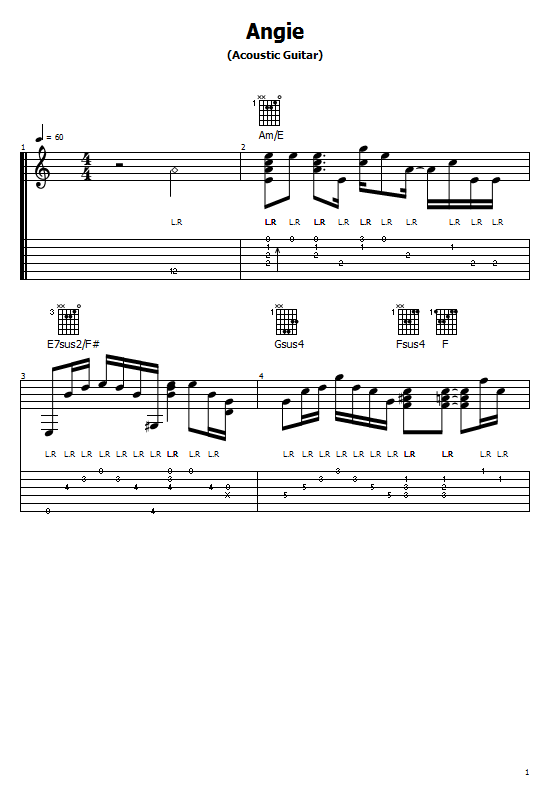 In case its helpful, notice these are the same notes used in the G major scale – and you’re simply using “A” as your home note instead of a “G”. The chorus, however, which has that switch to an A-major chord, uses notes from the E dorian scale (E-F#-G-A-B-C#-D)… which are the same notes as A-dorian but adds the C# note (which is the single note making the A-minor chord become an A-major, instead).
In case its helpful, notice these are the same notes used in the G major scale – and you’re simply using “A” as your home note instead of a “G”. The chorus, however, which has that switch to an A-major chord, uses notes from the E dorian scale (E-F#-G-A-B-C#-D)… which are the same notes as A-dorian but adds the C# note (which is the single note making the A-minor chord become an A-major, instead).
How to play the chords
Here are the chords you’ll need to be able to play to pull off this song. Not a lot! And fortunately, no barre chords.
E –––0–––––3–––––2–––––0–––––0––– B –––1–––––0–––––3–––––0–––––2––– G –––2–––––0–––––2–––––0–––––2––– D –––2–––––0–––––0–––––2–––––2––– A –––0–––––2–––––––––––2–––––0––– E –––––––––3–––––––––––0––––––––– Am G D Em A
Chord progressions
The tempo for Mary Jane’s last dance is 170 beats per minute (bpm), with four counts per each chord. If this seems fast, then cut it in half (85 bpm) – and know the metronome clicks will happen on the “1” and “3” counts only.
For the intro, verse, and interludes – you’ll want to repeat this progression.
See my sheet music for the chord progression diagram.
For the chorus, you’ll change it up to use this. Note how you’re doing much less chord switching here – instead, you stay on each chord for quite a long time.
See my sheet music for the chord progression diagram.
Strumming
Want a basic strumming pattern? Try this. This is what I use for the verse. This uses four equal counts for each chord. You could play the intro with this also, if you wanted…
See my sheet music for my strumming diagram.
To step things up a notch: I use this fancier strumming for the intro riff.
See my sheet music for my strumming diagram.
Intro & verse riff hammer-ons
A big part of getting close to the Tom Petty guitar sound is using hammer-ons when you play some of the chords – most notably during the intro to the song. There are probably many subtleties and variations I could write tabs for – but I’ll begin with these two simple versions.
For the A-minor, use your regular left-hand finger positions – put wait until after you strum the chord before bringing down your ring and middle fingers. When you bring your fingers down onto the strings, do it with force and speed. If done right, this will make a new sound, as if you’ve plucked the notes with your pick. See my video for context.
See my sheet music for the tab.
Same deal with the D-major chord – hammer on the high-E string with your left hand’s middle finger. You could hammer-on all three notes if you wanted to – it’s up to you.
See my sheet music for the tab.
The full tab I play roughly looks like this:
See my sheet music for the tab.
If this seems difficult, that’s fine! It’s like that for everyone at first. Keep practicing, session after session. You’ll slowly get better with time. Seriously.
Verse harmonica imitation
It is possible, should you wish, to imitate the notes that the harmonica plays in the album version (between verses).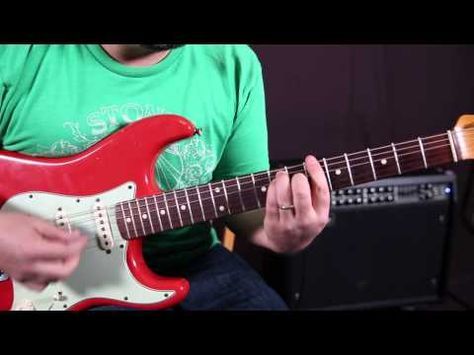 You’ll do it using the tab below. The key here is accenting the highest note (i.e., the note on the thinnest string) for each chord you strum. Also notice how you’re never strumming the high-E string – that would ruin the melodic effect. Watch my video lesson for context.
You’ll do it using the tab below. The key here is accenting the highest note (i.e., the note on the thinnest string) for each chord you strum. Also notice how you’re never strumming the high-E string – that would ruin the melodic effect. Watch my video lesson for context.
See my sheet music for the tab.
Chorus flourish
Here’s how to spice up the E-minor, which is totally optional. I play this by using my pinky and ring finger on the high-E string. These notes map to the vocal melody of the song
See my sheet music for the tab.
Next, is the A-major. You can spice this up by using simple Asus4 chords (done by adding your pinky down on the 3rd fret of the B string). Play this freely, using whatever strum timing you like.
See my sheet music for the tab.
Finally, my favorite way to spice up the A-major is as follows. This one is much more tricky – but it creates a very nice ascending sound. The trick here, is to realize that there are only two chord shapes you’re using – even though the frets change on each chord. If you get your left hand’s fingers to memorize the two simple shapes, the only thing left to do is memorizing the anchor fret for each position. See my video for context!
If you get your left hand’s fingers to memorize the two simple shapes, the only thing left to do is memorizing the anchor fret for each position. See my video for context!
See my sheet music for the tab.
Lead guitar lick, simplified
Finally, here’s a “simple” way to play the distinctive lead lick you hear during some of the instrumental verses. By “simple” I am keeping this to one string at a time, as opposed to playing 2-3 strings at once (which it sounds like you hear on the album version).
See my sheet music for the tab.
The story of one song: The story of one song. Tom Petty and Heartless
Tom Petty and the Heartbreakes - Mary Jane's Last Dance (1993)
Read about the song in Vika: Eng
| Album alib It is not known for certain who or what Tom Petty had in mind when writing this little thing - his wife Jane, with whom he broke up a year before, or the very marijuana, the slang name of which in Western countries is this full name. Anyway, the original title of the song was Indiana Girl, after one of the guitars of Mike Campbell, the guitarist of the Heartbreakers. It was on this instrument, which had a female proper name, that the first chords of the chorus were taken. It happened in Campbell's garage, during one of the spontaneous rehearsals. A week later, Petty came back to the garage, this time with a finished song, but the chorus now began with "Last dance with Mary Jane". Indiana Girl migrated to main text: "She grew up in an Indiana town..." This song has a rather funny video, which could well become a cult for today's emo, if they had a modicum of knowledge at least in the recent history of rock. Petty himself plays the role of a mortuary orderly in it, who takes the corpse of a pretty lady to his home - in the role of a corpse, by the way, not someone there, but Kim Basinger herself - dresses the body in a wedding dress, sits it down at the table by candlelight, and after that he also dances this madam.
at the end of the plot, he allocates it on his pickup to the seashore and leaves it there to the free swim dark waters. In general, this abyss swallowed her in one moment. And the video received the status of ze best on the MTV channel. For some reason in the category "Best Actor". Although I would give the Basinger prize - already for the mere fact that she agreed to star in this bizarre, unlike Sharon Stone, who did not respond to Tom Petty's offer at all.
.
|
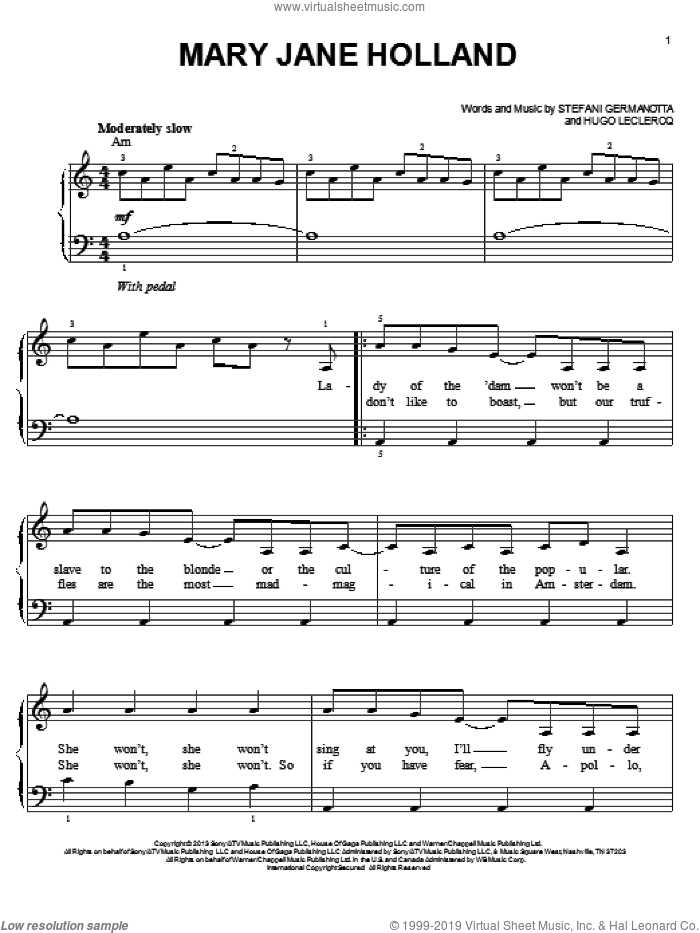


 This is reflected in what he once told Esquire magazine, “Do what you really enjoy and hopefully it pays the rent. As far as I understand, this is a success." Wise words. What else do you need to know about it?
This is reflected in what he once told Esquire magazine, “Do what you really enjoy and hopefully it pays the rent. As far as I understand, this is a success." Wise words. What else do you need to know about it?  “I don’t believe in many lawsuits,” he added. "I think there are enough baseless lawsuits in this country without people fighting for pop songs."
“I don’t believe in many lawsuits,” he added. "I think there are enough baseless lawsuits in this country without people fighting for pop songs." 
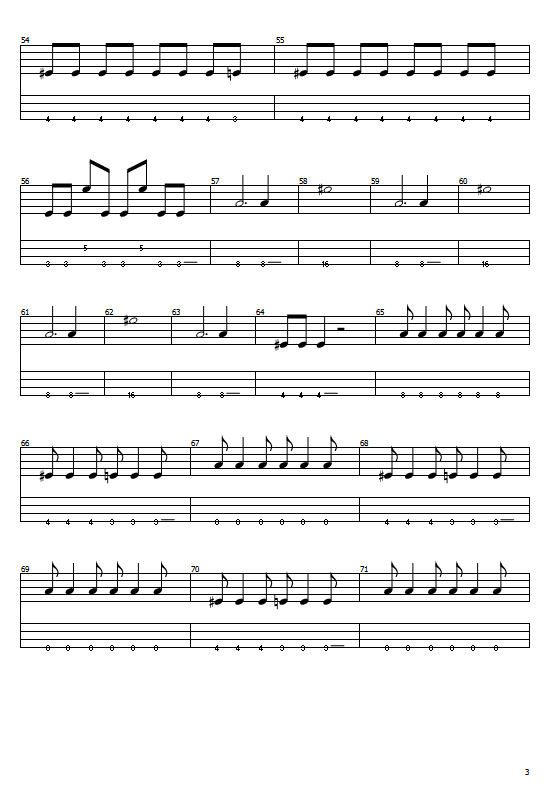 Zanes calmed him down with a cautionary tale revealing that Petty was addicted to heroin at the time he was dealing with divorce, being single, and with the knowledge that there was nothing he could do to make sure his children in the life he wanted for them. "A classic situation from the middle pinning face down to the mat," he was called.
Zanes calmed him down with a cautionary tale revealing that Petty was addicted to heroin at the time he was dealing with divorce, being single, and with the knowledge that there was nothing he could do to make sure his children in the life he wanted for them. "A classic situation from the middle pinning face down to the mat," he was called. 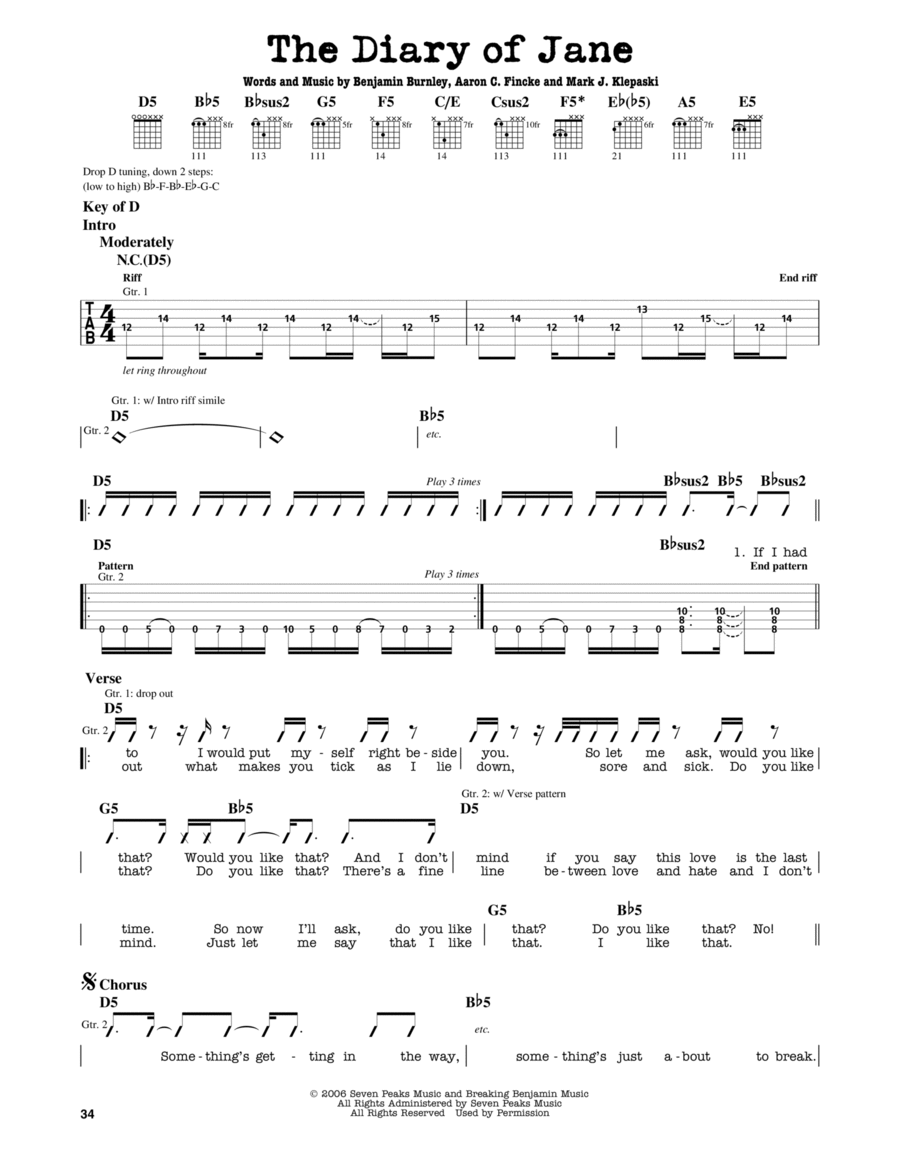
 His mother introduced him to music, which became a safe haven for him - although Petty suspected that his father hated him so much that his interest in music and art.
His mother introduced him to music, which became a safe haven for him - although Petty suspected that his father hated him so much that his interest in music and art.  But she embarrassed him that he even asked people to stop bringing flags to the show. He wasn't who he was or what he stood for, he said, and the fact that he got mixed reactions from the crowd didn't bother him. Instead, he went out of his way to try and set things right. “I went back and removed it from the record. … I still feel bad about it. I have always regretted it. I will never do anything to hurt someone."
But she embarrassed him that he even asked people to stop bringing flags to the show. He wasn't who he was or what he stood for, he said, and the fact that he got mixed reactions from the crowd didn't bother him. Instead, he went out of his way to try and set things right. “I went back and removed it from the record. … I still feel bad about it. I have always regretted it. I will never do anything to hurt someone."  He addressed another rumor that he had planted the University of Florida's "Tom Petty tree." Everything else evoked the creativity of the young small, it was not the University of Florida - the tree did not have it to do at all.
He addressed another rumor that he had planted the University of Florida's "Tom Petty tree." Everything else evoked the creativity of the young small, it was not the University of Florida - the tree did not have it to do at all.  He completed the series regularly for five years, an impressive ambition to do so.
He completed the series regularly for five years, an impressive ambition to do so.  At the age of 14, he formed his first band, on Lezhak, and never looked back.
At the age of 14, he formed his first band, on Lezhak, and never looked back.  That same night, Petty drove into another car and figured out what he was doing behind the wheel.
That same night, Petty drove into another car and figured out what he was doing behind the wheel.  According to Petty, the difference is that not only does he come from humble beginnings, but that he doesn't go out of his way to step over people or hurt others to make money - that's where the real problems start.
According to Petty, the difference is that not only does he come from humble beginnings, but that he doesn't go out of his way to step over people or hurt others to make money - that's where the real problems start.  " At the time, shallow was still, overseeing his own radio station, radio station siriusxm, releasing albums, planning, timing, and tossing around the idea of doing a few gigs based on the Wildflowers album. But the last word is heartbreaking.
" At the time, shallow was still, overseeing his own radio station, radio station siriusxm, releasing albums, planning, timing, and tossing around the idea of doing a few gigs based on the Wildflowers album. But the last word is heartbreaking.  " Smaller doesn't balk, says SMA he'd rather not release the album at all than raise the price. Either it was $8.98, rename eight ninety-eight, or it just won't happen. He didn't want to be alone, which resulted in album prices going up, and although he told Snyder he knew it would happen eventually, he was happy when he won and it wasn't from his album: "It was just really nice for me because it was one situation where the audience actually won over the problem."
" Smaller doesn't balk, says SMA he'd rather not release the album at all than raise the price. Either it was $8.98, rename eight ninety-eight, or it just won't happen. He didn't want to be alone, which resulted in album prices going up, and although he told Snyder he knew it would happen eventually, he was happy when he won and it wasn't from his album: "It was just really nice for me because it was one situation where the audience actually won over the problem."  He said modern country would be "bad violin rock" and he meant it. “It seems to be missing that magical element that he used to have. ... I don't see George Jones or Dollar Owens or anything fresh coming up," he said.
He said modern country would be "bad violin rock" and he meant it. “It seems to be missing that magical element that he used to have. ... I don't see George Jones or Dollar Owens or anything fresh coming up," he said.  In 1976, the band released their debut album to poor sales. Rolling Stone said it wasn't until they went to England to tour and open for Nils Lofgren the album started selling. It was only a matter of a few weeks before they were headlining crack first on the UK then the US charts.
In 1976, the band released their debut album to poor sales. Rolling Stone said it wasn't until they went to England to tour and open for Nils Lofgren the album started selling. It was only a matter of a few weeks before they were headlining crack first on the UK then the US charts.  There is not some trick that is connected with it. It's pure and it's real. And she moves and she doesn't heal and he communicates and does all these incredible things. He's been so good to me that I want to be good to him."
There is not some trick that is connected with it. It's pure and it's real. And she moves and she doesn't heal and he communicates and does all these incredible things. He's been so good to me that I want to be good to him."  History cites him as saying it was like "bought and sold like a piece of meat", and he was dissatisfied with the terms of his contract. To be fair, they are not very good. They already had two major albums selling very well, but they didn't see much in the way of financial gain from it. This is mainly because artists do not receive royalties until they have paid the studio for all of their advances in marketing expenses, studio time, and tour expenses. Shady sound? He thought so too.
History cites him as saying it was like "bought and sold like a piece of meat", and he was dissatisfied with the terms of his contract. To be fair, they are not very good. They already had two major albums selling very well, but they didn't see much in the way of financial gain from it. This is mainly because artists do not receive royalties until they have paid the studio for all of their advances in marketing expenses, studio time, and tour expenses. Shady sound? He thought so too. 












